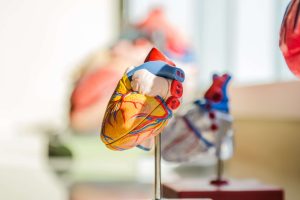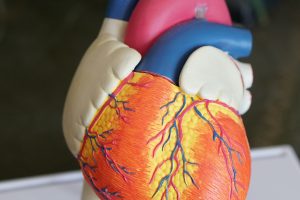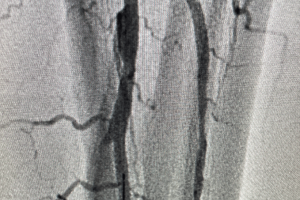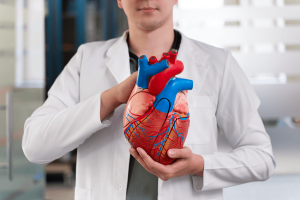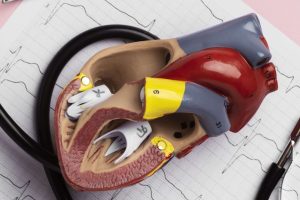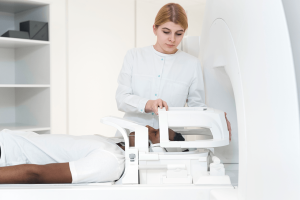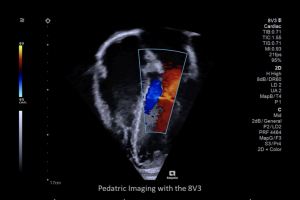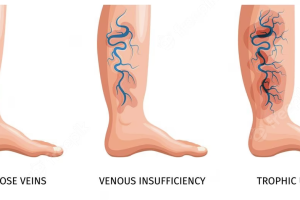The heart never takes a break. The heart is a strong muscle that never stops exercising, not for a minute. Every minute it needs blood, nourishment and oxygen. At Amarillo Heart Institute, we understand the importance of keeping your heart healthy and functioning at its best. We believe that a healthy heart is the foundation of a healthy life, and our goal is to provide you with all you need to achieve optimal heart health, a happier heart.
Magnetic Resonance Imaging (MRI)
Magnetic resonance imaging (MRI) is a non-invasive imaging technique that uses a strong magnetic field, radio waves, and a computer to produce detailed images of the body’s internal structures. In the field of cardiology, MRI is a valuable tool for diagnosing a variety of heart and blood vessel conditions.
Cardiac MRI can provide detailed images of the heart’s structure and function, including the size and thickness of the heart chambers, the pumping capacity of the heart, and the blood flow through the heart and blood vessels. MRI can also be used to detect and monitor conditions such as heart disease, congenital heart defects, heart tumors, and aortic aneurysms.

Image by Drazen Zigic on Freepik
One advantage of MRI is that it does not use ionizing radiation, unlike other imaging techniques such as X-rays and CT scans. This makes it a safer option for patients who need frequent imaging studies. MRI can also produce images in multiple planes, providing a more complete and accurate picture of the heart and blood vessels.
One potential limitation of MRI is that it can be time-consuming and uncomfortable for some patients, as they must lie still in a narrow tube for the duration of the scan. However, newer MRI machines have shorter scan times and larger bore sizes, which can help reduce these issues.
In summary, MRI is an important tool for diagnosing and monitoring a variety of heart and blood vessel conditions, offering detailed and accurate images without the use of ionizing radiation.
Magnetic Resonance Imaging Uses:
MRI can help diagnose a wide range of cardiovascular diseases, including:
Coronary artery disease (CAD): MRI can be used to detect the presence and extent of CAD, including the formation of plaque in the coronary arteries.
Heart failure: MRI can be used to assess the pumping capacity of the heart and detect abnormalities in the heart’s structure and function that can contribute to heart failure.
Heart valve disease: MRI can be used to evaluate the function and structure of heart valves, such as mitral valve prolapse, aortic stenosis, and regurgitation.
Congenital heart disease: MRI can be used to evaluate the heart structure and function in patients with congenital heart defects, such as ventricular septal defect or atrial septal defect.
Aortic aneurysm: MRI can be used to detect and monitor the growth of aortic aneurysms, which are bulges in the walls of the aorta that can lead to life-threatening complications.
Cardiac tumors: MRI can be used to detect and evaluate the extent of tumors in the heart, which can be either benign or malignant.
Overall, MRI is a valuable diagnostic tool for a wide range of cardiovascular diseases, providing detailed and accurate images of the heart and blood vessels, but also, MRI has several uses in the diagnosis and treatment of heart disease:
Imaging heart structure and function: MRI can provide detailed images of the heart, allowing doctors to assess the size, shape, and function of the heart’s chambers and valves.
Detecting heart damage: MRI can detect damage to the heart muscle, such as from a heart attack, and can help doctors determine the extent of the damage and plan appropriate treatments.
Evaluating blood flow: MRI can assess blood flow through the heart and blood vessels, allowing doctors to identify areas of reduced blood flow and blockages that may be causing symptoms.
Assessing the effects of treatment: MRI can help doctors evaluate the effectiveness of treatments such as medications, surgery, or cardiac rehabilitation on heart function and blood flow.
Identifying congenital heart defects: MRI can detect congenital heart defects, such as holes in the heart or abnormal heart valves, which may require treatment or monitoring.
Planning surgery: MRI can provide detailed images of the heart and blood vessels, which can be used to plan surgeries such as heart valve replacement or repair.

